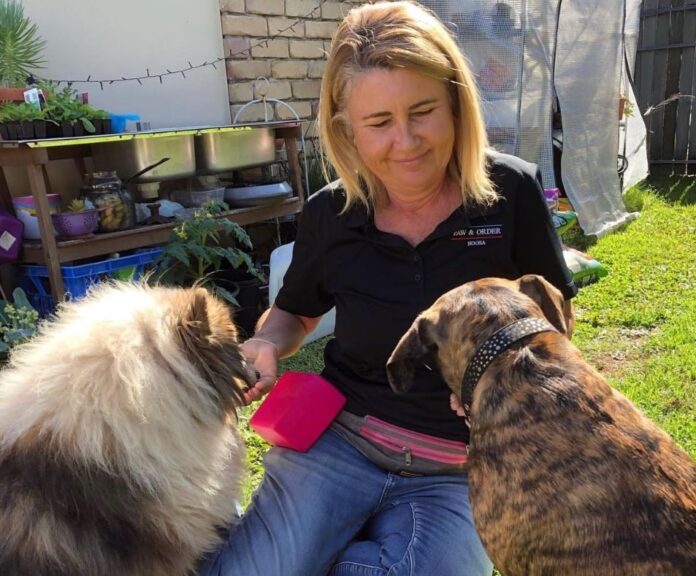A canine wellbeing and behaviour coach is educating people for free on how to help prevent dogs biting kids.
Paw and Order Noosa’s Joanne Burton has had a growing number of people reach out to her about dog behaviour after several recent attacks on children.
Ms Burton developed a keen interest in canine communication 15 years ago when she took on a puppy for Guide Dogs.
Related story: Hundreds of attacks: ‘ensure your dog is under control’
She has since looked into various styles of dog training but her current methods centre around choice-based training for all breeds.
She has an advanced certificate in canine reactive behaviour and a diploma in canine communication, as well as certificates in animal health and animal behaviour from ACS Distance Education.
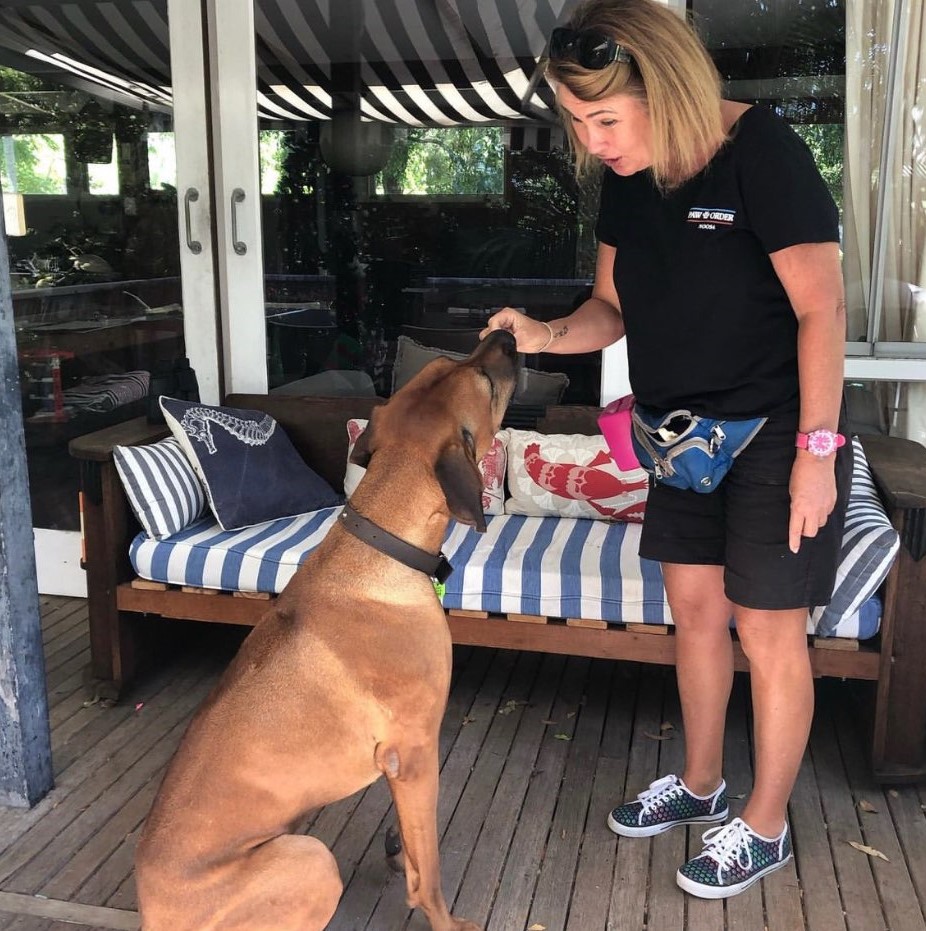
“I think the education I am providing is essential. These lessons are at the very root of the cause of these attacks,” Ms Burton said.
“Most dog attacks on children are preventable and knowing your dog, its triggers and when it’s in pain is extremely important for prevention.
“Knowing your dog’s body language is also essential.
“The bond between owner and dog and making sure your dog is comfortable in the environment they’re in, so they won’t feel the need to lash out, is equally important.”
She said scenarios contributing to the issue were people leading busy lives and not having enough time for their dogs as well as not understanding them in general.
“About 85 per cent of dog aggression comes from pain, so there’s a real need for people to understand when their dog is in pain, which is not easy to know sometimes as dogs can be quite stoic,” she said.
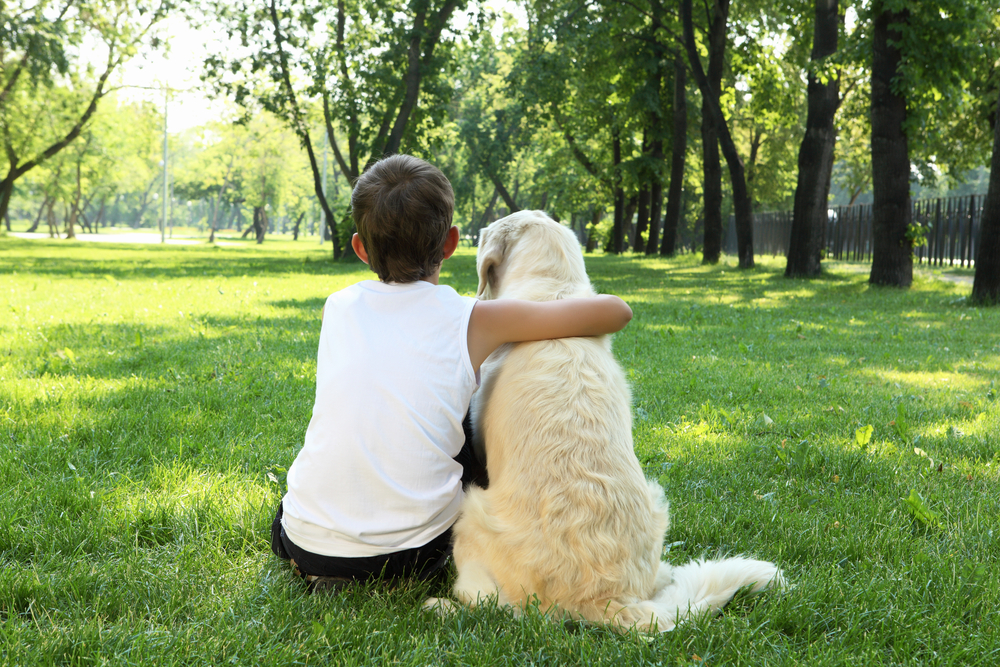
She revealed the most important things to look for to help to prevent a dog biting a child.
“Most attacks on children are by the family dog or a dog known to them,” she said.
“Don’t let babies or children get close to dogs, even the most placid ones.
“Kids being around dogs can confuse them.
“Due to the close proximity of the child’s face to the dog’s mouth, the results could be catastrophic. Parents need to educate their children as well.
“Never allow your child to embrace your dog.”
She said it was all in the body language or meta signals of the dog.
“They all have their breaking point and they will try to warn you, so look for that behaviour,” she said.
“They’re very subtle signals that the dog will give, like licking their lips, or a big yawn.
“It’s ears will be back, tail tucked and body will be sort of lowered.
“The muscles around its mouth are tight and its mouth is firmly closed.
“They will generally turn their head away and try to walk away … if all that is ignored, which happens with children because they tend to be retraining the dog, then the dog will growl.”
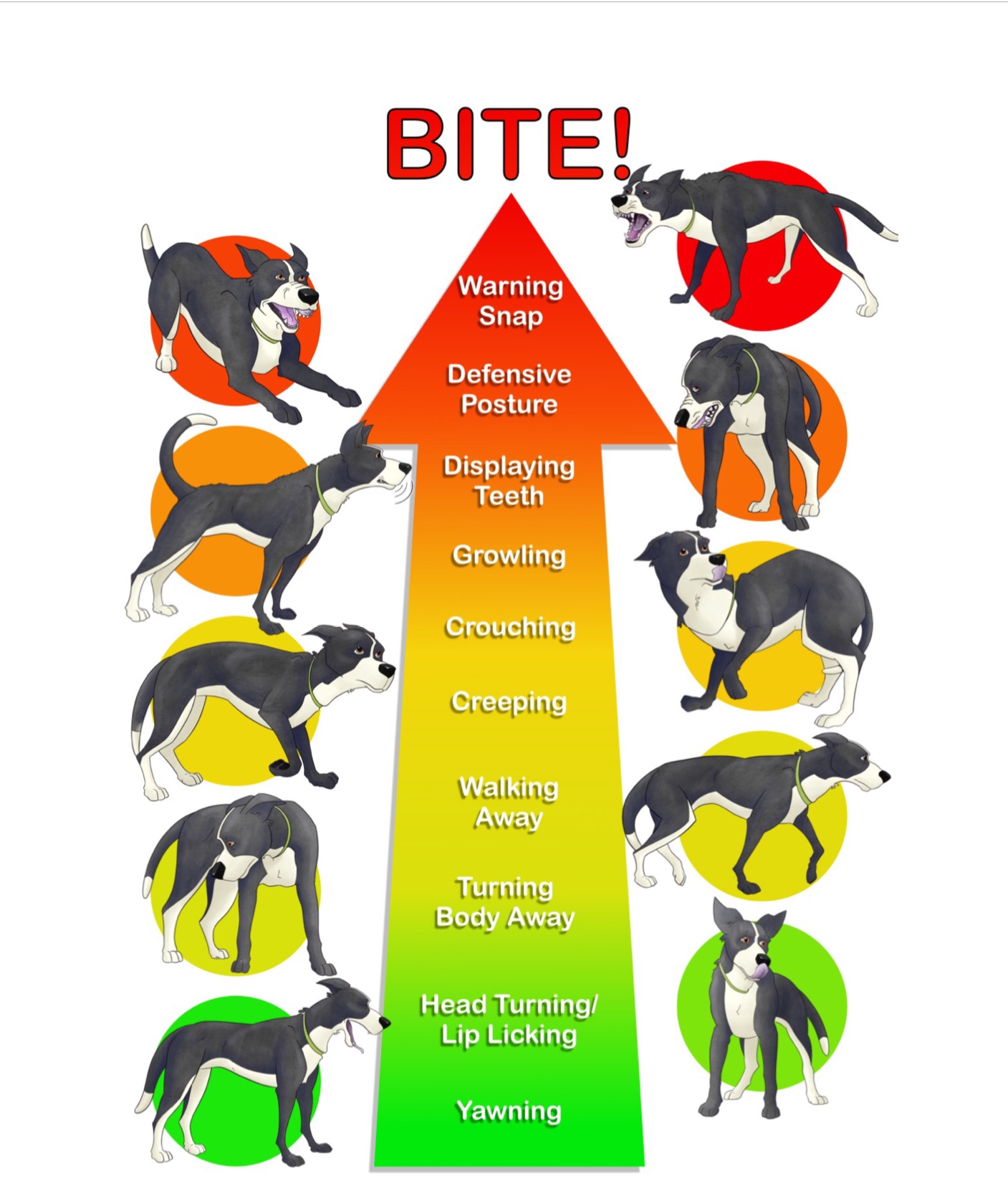
She said hearing a growl was when owners needed to respond.
“Access the situation, see where it is uncomfortable and remove that situation for the dog,” she said.
“The dog is saying ‘leave me alone, stop restraining me’.
“If the dog has made his position clear and the child does not release him, the dog really has no other option than to bite – not because he is aggressive but because he is afraid.”
She said if a dog is punished or ignored during any of those stages the dog can decide its warning signs are not working and can bite.
While there was some extreme cases of dog aggression, she said a dog could absolutely “come back” from biting a human.
“It’s not even a matter of rehabilitation, I think it’s because the dog has been pushed so far it bit someone,” Ms Burton said.
“People need to also be aware of what their dog’s triggers are and the things that sets them off.”
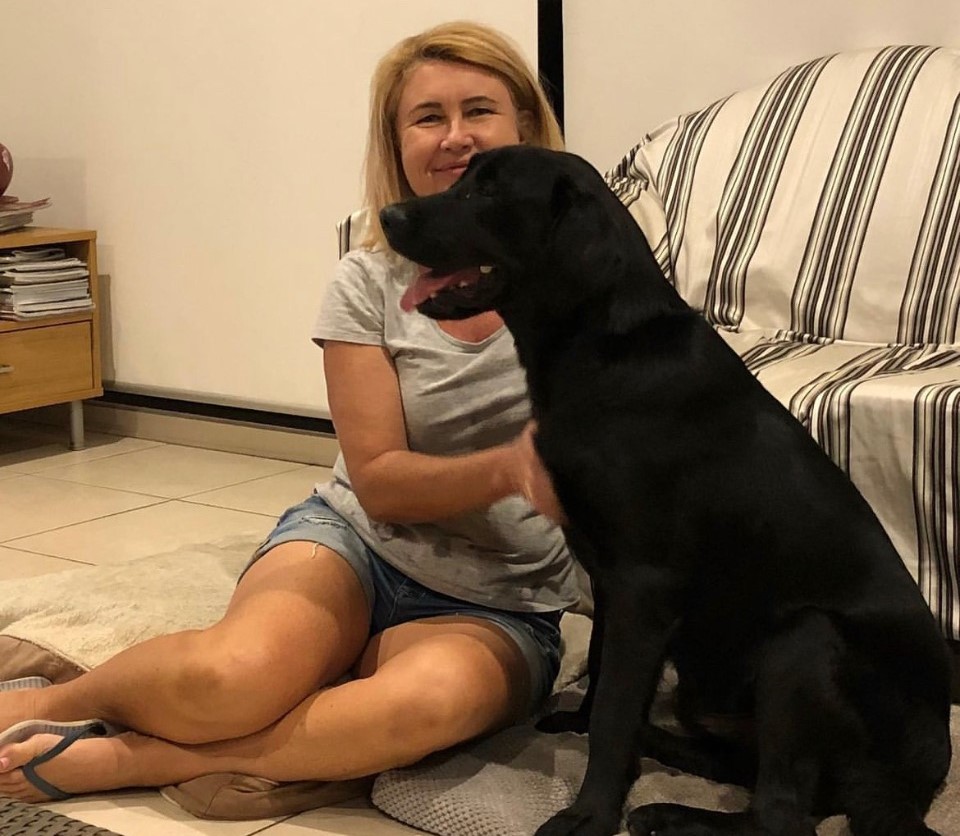
She said she had contacted the Noosa Council several times asking them to provide more education around dog breeds for owners after seeing many people on “a daily basis” not picking up on signs of aggressive behaviour in their dogs.
A Noosa Council spokesperson said 60 dog attacks were reported in the shire in 2022. Of that number, 27 of those were attacks on people.
“So far this year, there have been 18 reported attacks, including eight attacks on people,” the spokesperson said.
“Council takes dog attacks very seriously and local laws officers will not hesitate to pursue prosecution.
“Currently, where a dog attacks a person, the dog’s owner, or the person responsible for the dog at the time, may face prosecution, including fines of more than $40,000, or up to $14,375 for an attack on another animal.”
Fines are calculated based on penalty units, which are set by the state government. Currently one penalty unit is $143.75.
The number of penalty units applied depends on the severity of the attack and whether the victim is a person or an animal.
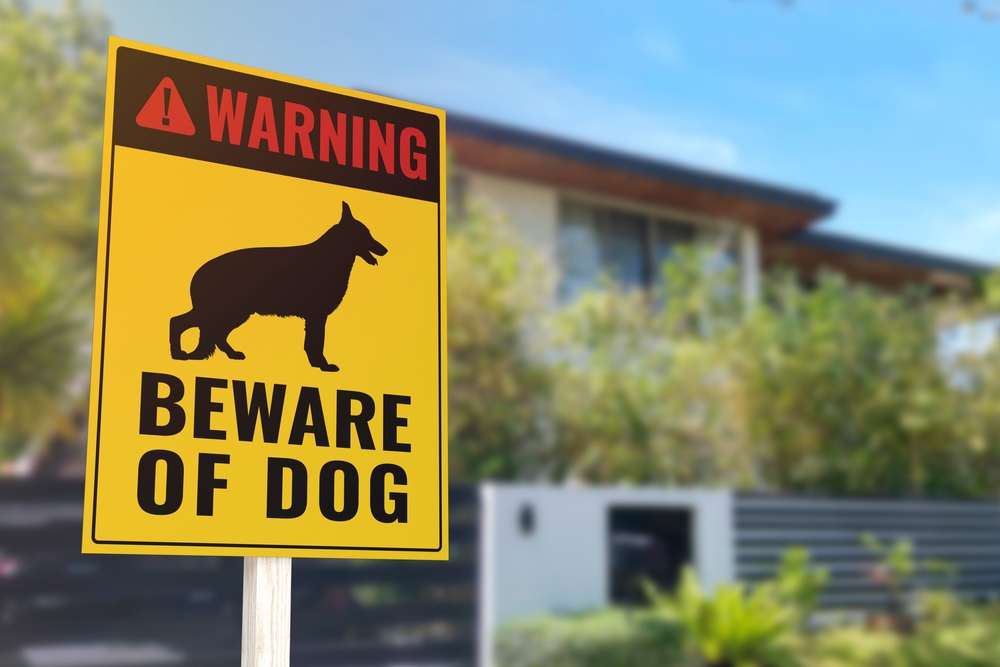
“When in public, dog owners must always have the animal under effective control. This normally means keeping the dog on a lead. If in a designated off-leash area, owners are still required to have effective control of the animal. Undertaking dog training will help reduce the chance of dog attacks,” the spokesperson said.
Meanwhile, increased penalties for irresponsible dog owners, jail time for the worst offenders and a statewide ban on restricted breeds are among a raft of measures proposed by the state government’s new animal management taskforce.
Minister for Agricultural Industry Development and Fisheries and Minister for Rural Communities Mark Furner assembled the taskforce to introduce and discuss proposed changes to animal management legislation to protect the Queensland community.
Related story: Dangerous dogs: menacing pets under observation
The proposed changes include a sliding scale of penalties depending on the severity of the attack, including jail time for people responsible for dogs that kill or cause grievous bodily harm to a person.
Other proposed measures that encourage responsible dog ownership include on-the-spot fines for off-leash dogs, and a statewide ban on dog breeds prohibited for import by the Commonwealth.
The taskforce will also continue to analyse further actions brought forward by councils.
These include the fast-tracking of decisions and appeals on the future of seized dangerous animals, a centralised database for microchipping details, additional enforcement provisions for unregistered and unmicrochipped animals and repeat offenders, and improved powers for council officers.
The new taskforce will also undertake a targeted review of the Animal Management (Cats and Dogs) Act 2008.

Mr Furner said better owner education was critical to reducing dog bites.
“The Palaszczuk Government is committed to community safety, and we expect animal owners to ensure their pets don’t present a danger to the community,” Mr Furner said.
“These proposals changes promote responsible dog ownership, protect the community, and enforce appropriate penalties when community standards aren’t met.”
Eighty per cent of bites occur in the home, with a majority of those by a dog that a person owns or is known to them. A community education program targeted at children and dog owners was proposed to the taskforce to combat this.
A paper detailing the proposed changes to the Act will now be prepared for public consultation.
SUBSCRIBE here now for our FREE news feed, direct to your inbox daily.


